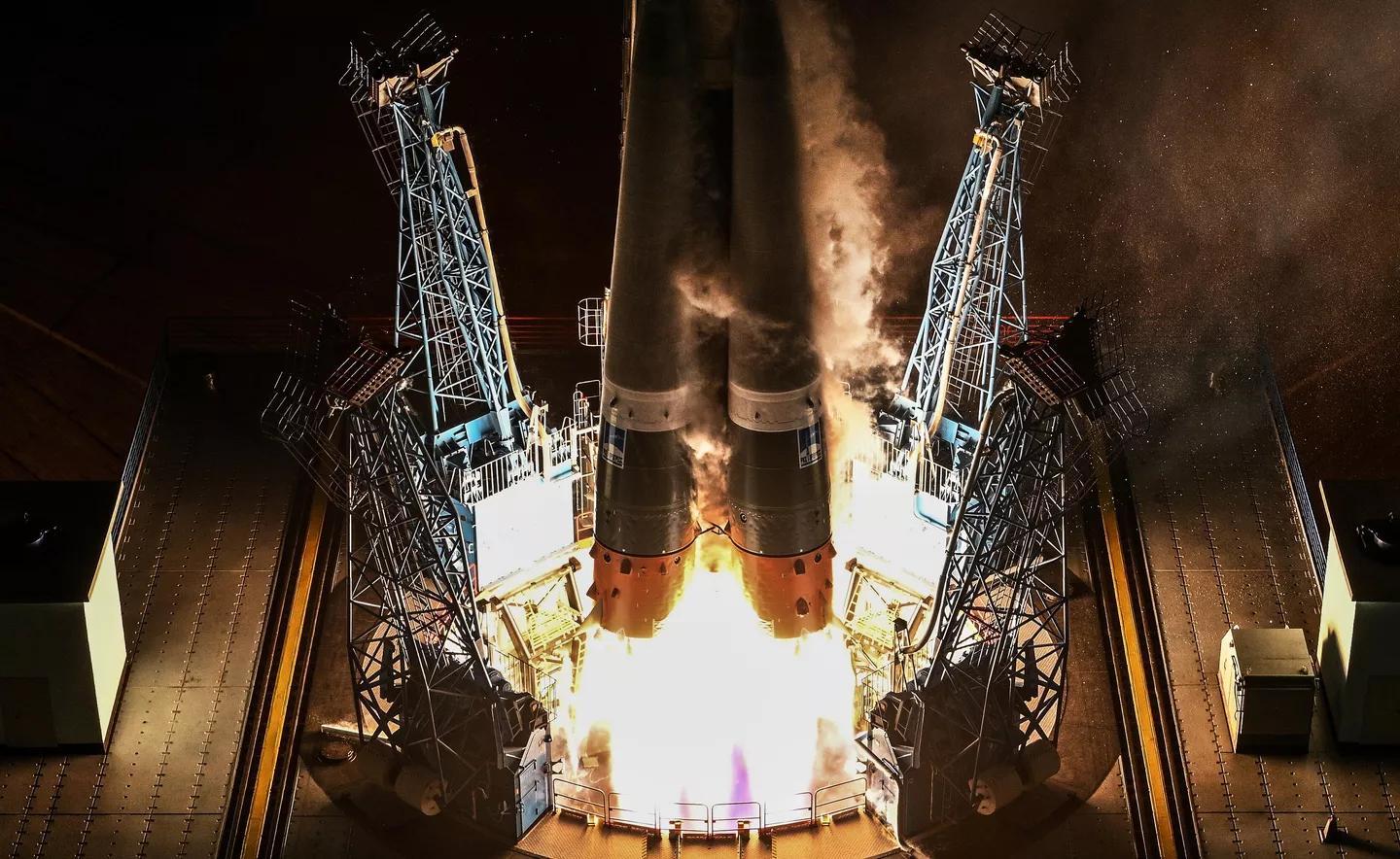Africa-Press – South-Africa. A global pioneer in space technology, Russia has ambitious plans in store for the near future. The Sphere program is a major component of these plans. Here’s everything we know about it.
Russian Ministry of Digital Development head Maksut Shadayev confirmed to lawmakers last week that work on a Russian analogue of the Starlink satellite Internet system will be a priority for the government over the coming six years.
Sphere was announced in 2018 on the basis of an earlier Roscosmos program known as “Ether.” The plan is to place between 380 and 640 satellites into orbit by 2030, and more after that.
The Sphere project incorporates existing Russian space-based capabilities, such as GLONASS satellite navigation, and offers a dizzying array of new global and regional satellite constellations and sub-constellations, including:
Sphere also incorporates at least six remote sensing and surveillance satellite constellations, including:
All satellites attached to the Sphere program are non-hermetic, and have between 60-70 percent unified components, which should mean faster mass production and dramatically reduced costs.
The first new satellite under the Sphere program was launched in October 2022 on board a Soyuz-21b rocket carrying a Skif-D (D for “Demonstration”) satellite into orbit. The Skif-D completed extensive flight and communications testing in November 2023, beaming down Internet at speeds up to 6.5 megabits/s. Production series Skifs are expected to appear in 2026, and to provide speeds up to 150 gigabits/s, offering stable Internet access to northern latitudes inaccessible using traditional comms sats in geostationary orbit, including regions that are part of Russia’s North Sea Route.
When complete, Sphere is expected to have major implications for Russia’s technological, scientific, industrial, economic, and security sovereignty in the face of Western sanctions, and to dramatically expand the country’s independent Internet, telephony, and IoT capabilities.
For More News And Analysis About South-Africa Follow Africa-Press






